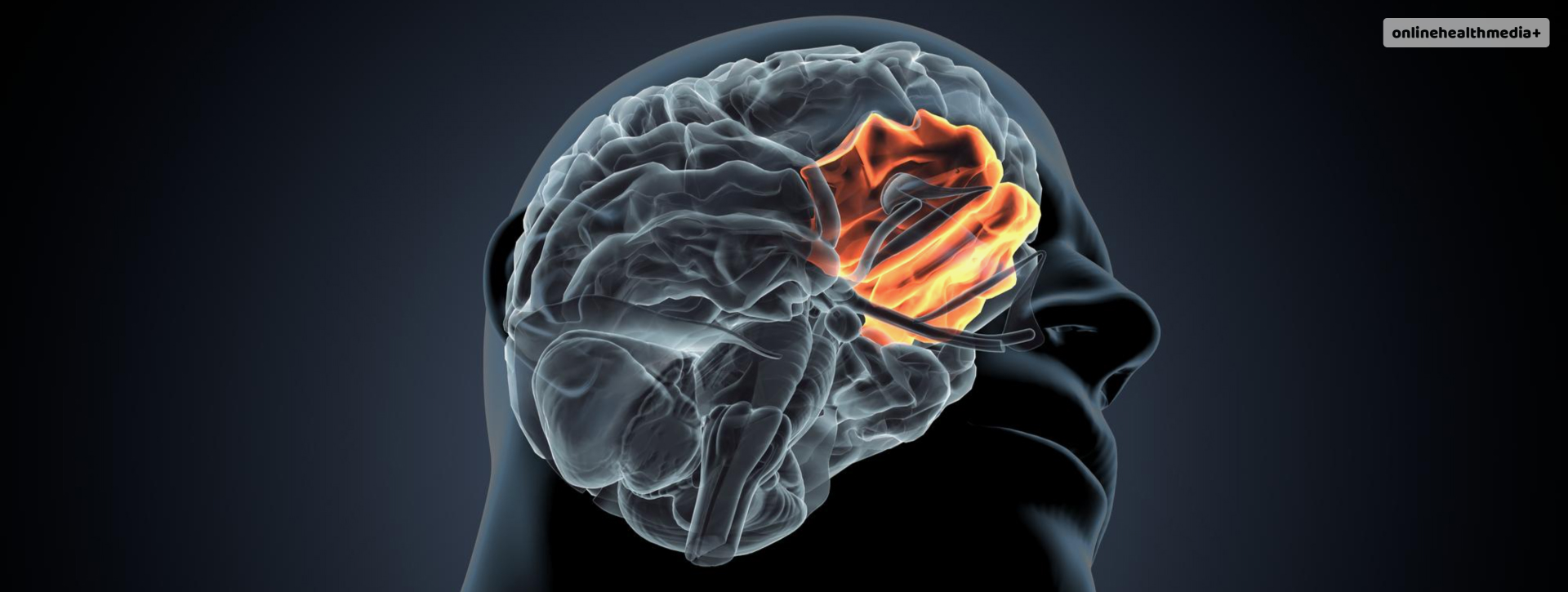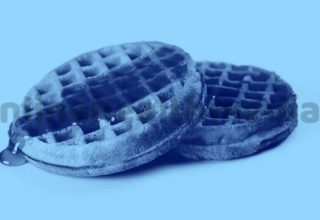Understanding Moyamoya Disease: A Comprehensive Guide for You.
Note: The information in this article is not intended to substitute professional medical advice, diagnosis or treatment. All images and text presented are for general information purposes only. Please consult your healthcare professional for proper diagnosis.
Moyamoya disease is a rare but serious neurological condition characterized by the progressive narrowing of the blood vessels in the brain, leading to reduced blood flow and an increased risk of stroke and other complications. These occur when the condition has progressed to a later stage, which may require moyamoya surgery.
First described in Japan, the term “moyamoya” translates to “puff of smoke” in Japanese, aptly describing the hazy appearance of the abnormal blood vessels seen on angiography.
A rare disease of the blood vessel, moyamoya disease blocks the carotid artery which is the major supplier to the brain.
The block in the carotid artery majorly blocks the flow of blood to the brain. This results in the development of tiny blood vessels that support the blood flow.
In this article, we will explore Moyamoya disease in detail, including its symptoms, causes, diagnosis, treatment options, and prognosis.
Contents
Symptoms of Moyamoya Disease
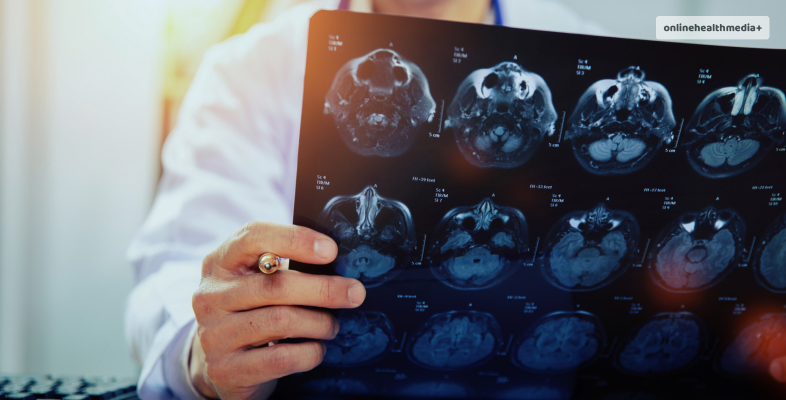
Moyamoya disease can present with a variety of symptoms, which may vary depending on the age of onset and the severity of the condition.
The symptoms of this condition are sometimes confused with those of the different brain tumor types. So, here’s common symptoms include:
1. Transient Ischemic Attacks (TIAs) or Mini strokes: These brief episodes of neurological dysfunction can manifest as weakness, numbness, or paralysis on one side of the body, vision changes, speech difficulties, or confusion.
2. Ischemic Strokes: When the narrowed blood vessels fail to supply an adequate amount of blood to the brain, it can result in a stroke, causing sudden weakness or paralysis, difficulty speaking or understanding speech, vision loss, and other neurological deficits.
3. Headaches: Individuals with Moyamoya disease may experience recurrent headaches, which can range from mild to severe and may be associated with other symptoms such as nausea, vomiting, and sensitivity to light or sound.
4. Seizures: Some people with Moyamoya disease may develop seizures, which can manifest as sudden, uncontrolled movements, altered consciousness, or sensory disturbances.
5. Cognitive and Developmental Impairment: In children, Moyamoya disease can affect cognitive function and development, leading to learning difficulties, behavioral changes, and developmental delays.
Causes of Moyamoya Disease
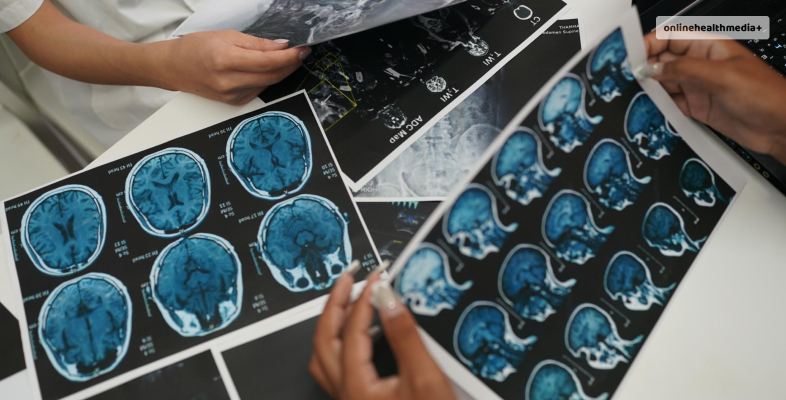
The exact cause of Moyamoya disease remains unknown. However, researchers believe that both genetic and environmental factors may play a role in its development. \
Genetic studies have identified several gene mutations associated with Moyamoya disease, suggesting a genetic predisposition to the condition. Additionally, certain conditions such as
- Sickle cell disease,
- Neurofibromatosis type 1,
- Down syndrome, and
- Radiation therapy to the head and neck has been linked to an increased risk of Moyamoya disease.
How Does Moyamoya Disease Progress?
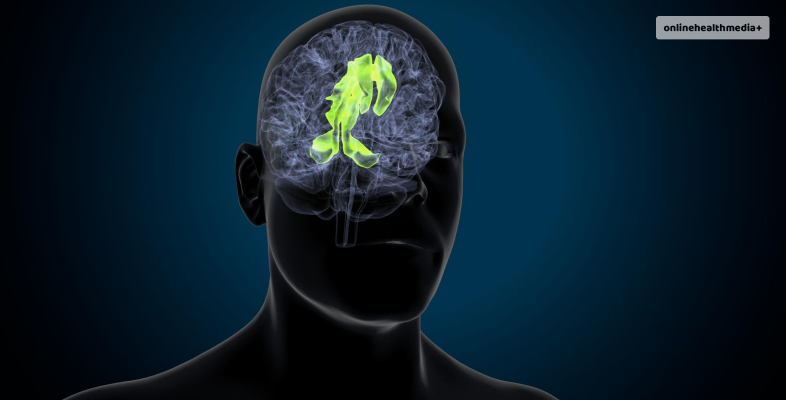
There is still speculation around the pathophysiology of the condition. However, there has been significant insight from research. One such theory is that genetic predisposition plays a significant role in its advancement.
The theory goes that a mutation in genes such as guanylate cyclase 1 and deubiquitinating enzyme/Mature T cell proliferation genes. Denoted as GUCY1A3 and BRCC3/MTCP1.
These genes are crucial for cell activity as they play a role in various important processes such as proliferation of T cells (MTCP1.)
The mutation in these genes have a direct relation to the moyamoya syndrome. The people who are affected have an eccentric (not central) and concentric (circles) fibro-cellular thickening of intima within the intracranial portion of the internal carotid artery.
There is also a hint at autoimmune association with moyamoya disease, from a study conducted in the US. The study found that participants also had a pre-existing diagnosis of conditions such as autoimmune thyroid disorders, type I diabetes, and other autoimmune disorders.
There also seems to be the existence of different types of moyamoya disease, which arise due to the different mutations. These are:
- MYMY1 – Chromosome 3p
- MYMY2 – RNF213 gene on chromosome 17q25
- MYMY3 – chromosome 8q23
- MYMY4 – X-linked recessive condition characterized by MMD, short stature, hypergonadotropic hypogonadism, and facial dysmorphism.
- MYMY5 – ACTA2 gene on chromosome 10q23
- MYMY6 with achalasia, which affects the GUCY1A3 gene on chromosome 4q32
The overall prognosis varies, two-thirds of the patients with moyamoya disease have a symptomatic progression.
Progression of the condition proceeds regardless of the ongoing treatment, symptom severity, location of the disease, sex, age and type.
Data on Prognosis
The data from a study conducted in North America shows a presence of hemorrhagic and ischemic strokes in 1.7% and 13.3% participants, respectively. Factors demonstrating a poor prognosis include:
- Female gender
- Hemorrhagic strokes at presentation
- Pediatric age at onset
- Familial form of onset
- Smoking
- Concomitant thyroid disorder
The preferred prognosis for this condition is surgical revascularization (described in the section named “Treatment Options for Moyamoya Disease.”)
Diagnosis
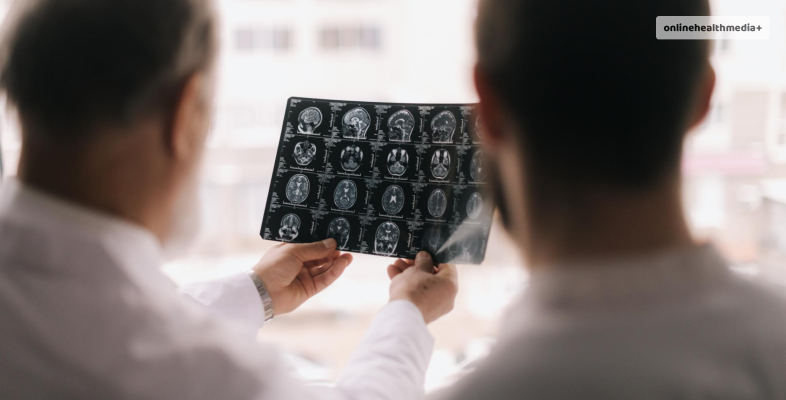
Diagnosing Moyamoya disease typically involves a combination of medical history review, physical examination, and diagnostic tests. Imaging studies such as:
- magnetic resonance imaging (MRI),
- magnetic resonance angiography (MRA),
- computed tomography (CT)
- angiography, and
- conventional cerebral angiography
These techniques are commonly used to visualize the blood vessels in the brain and identify characteristic findings suggestive of Moyamoya disease, including stenosis or occlusion of the internal carotid arteries and the formation of collateral blood vessels and blood pressure.
Treatment Options
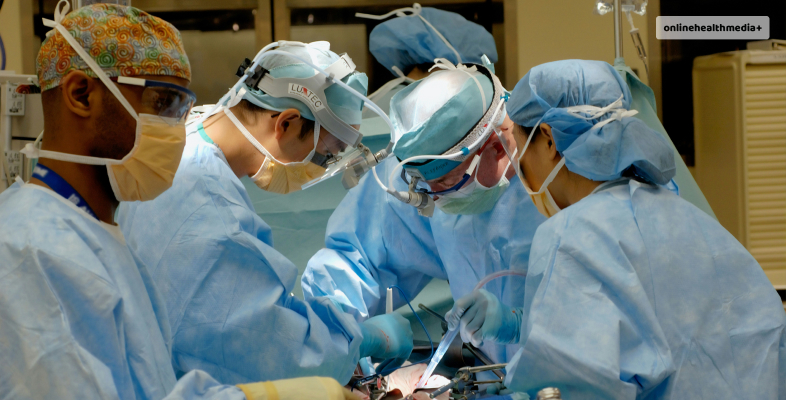
The goals of treatment for Moyamoya disease are to improve cerebral blood flow, prevent strokes, and manage symptoms. Treatment strategies may include:
1. Surgical Revascularization: The mainstay of treatment for Moyamoya disease involves surgical revascularization procedures aimed at restoring blood flow to the brain. Two common surgical techniques used for revascularization are direct bypass, where a healthy blood vessel from the scalp is directly connected to a blood vessel on the surface of the brain, and indirect bypass, where a surgical incision is made on the skull to stimulate the growth of new blood vessels.
2. Medications: In some cases, medications such as antiplatelet agents (e.g., aspirin) or anticoagulants may be prescribed to reduce the risk of blood clots and stroke. Additionally, medications may be used to manage symptoms such as headaches and seizures.
3. Symptomatic Treatment: Other supportive measures, such as physical therapy, speech therapy, and occupational therapy, may be recommended to help manage neurological symptoms and improve quality of life.
Prognosis and Long-term Outlook
The prognosis for individuals with Moyamoya disease can vary depending on the severity of the condition, age of onset, presence of complications, and response to treatment.
Early diagnosis and prompt intervention are crucial for preventing stroke and minimizing neurological deficits.
With appropriate treatment, many people with Moyamoya disease can lead productive lives, although long-term monitoring and management are often necessary to monitor disease progression and prevent complications.
Moyamoya disease diet is also a management option that helps in maintaining a healthy state of the individual.
Complications
The complications that exist in relation with moyamoya disease are mainly of the perioperative nature:
- Postoperative ischemic stroke with permanent neurologic deficit. More frequently seen in adults. There is a 0.9% to 8% chance of patients experiencing this complication.
- Hemorrhagic stroke in nearly 0.7% to 8% of the patients.
- Intraoperative ischemic stroke, this is mainly observed in patients with advanced Suzuki stage of the condition.
- Postoperative epidural hematoma in nearly 4.8% of the pediatric patients.
- Scalp issues, mainly scalp ischemia in nearly 17.6% to 21.4% of the moyamoya patients
Support and Resources for Individuals
Living with Moyamoya disease can present various challenges, both physical and emotional, for affected individuals and their families.
- Support groups,
- Patient advocacy organizations, and
- Online communities can provide valuable resources, information, and emotional support to those navigating the complexities of the condition.
Connecting with others who have firsthand experience with Moyamoya disease can offer reassurance, encouragement, and practical tips for managing symptoms, coping with treatment-related issues, and accessing appropriate healthcare services.
Additionally, healthcare providers, including neurologists, neurosurgeons, and rehabilitation specialists, play a crucial role in providing comprehensive care and support to individuals with Moyamoya disease.
Open communication, regular follow-up appointments, and collaborative decision-making between patients, caregivers, and healthcare providers are essential for optimizing treatment outcomes and ensuring the best possible quality of life for those living with Moyamoya disease.
Conclusion
In conclusion, Moyamoya disease is a complex neurological condition that requires multidisciplinary management and ongoing support.
By raising awareness, fostering research, and advocating for improved access to care, we can work together to empower individuals with Moyamoya disease and enhance their overall well-being.
The process of recovery requires the collaboration between the multidisciplinary team and the family members/guardian.
Throughout the care provision, the patients’ needs must be given utmost priority, with consideration of the best outcome for them.
Have any questions for us? Let us know in the comments below!
Also read
- Tips Every Aspiring Nurse Should Know.
- 5 Tips to Take Care of Your Sensitive Skin.
- Can You Take Too Many Vitamins? Understanding The Risks And Benefits.
